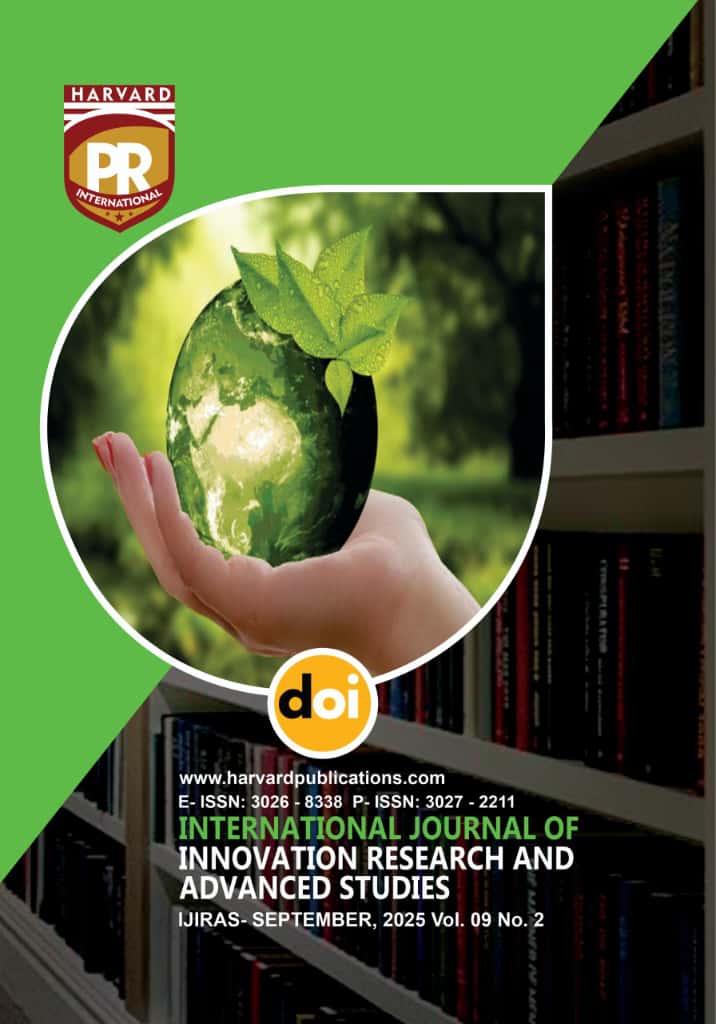Abstract
This study critically appraises two distinct, low-cost visual aids—the commercially-produced Magic Board and the locally-fabricated Optical Board—to determine their comparative efficacy and sustainability in primary school classrooms in low-resource settings. While educational technology is a key driver for improving pedagogical outcomes, the high cost of modern tools often creates a significant resource barrier. Utilizing a mixed-methods, quasi-experimental design, and this research employed a Cost-Utility Analysis (CUA) and a comparative assessment of teacher and student perceptions. Quantitative data were collected from 12 classes across three groups (Optical Board, Magic Board, and Control) over an 8-week intervention, supplemented by qualitative interviews and classroom observations. The findings reveal that the Optical Board is superior in long-term sustainability and cost-effectiveness, demonstrating a significantly lower Cost per User per Year (CUPY) due to its durability and reliance on a resilient local supply chain. Pedagogically, it proved highly effective for whole-class instruction and the visualization of complex diagrams. In contrast, the Magic Board excelled as a tool for rapid, individualized formative assessment, with teachers reporting its superior utility for gauging real-time student comprehension. The study concludes that the two tools are not mutually exclusive but are complementary, each addressing a different pedagogical need (shared visualization versus individualized response). It is recommended that educational policy and resource allocation strategies adopt a "Blended Board Strategy" to maximize both cost-effectiveness and pedagogical impact.

This work is licensed under a Creative Commons Attribution 4.0 International License.
Copyright (c) 2025 DR. ADU EMMANUEL IFEDAYO (Author)




